Thought Leadership
What are subscription business models and are they right for me?

The eCommerce subscription economy has exploded over the past decade.
According to UnivDatos research, the global eCommerce subscription market is expected to reach a compound annual growth rate of nearly 73% from 2021 to 2028, launching its value from $34 billion to an estimated $2.64 trillion.
With these stats in mind, you may be wondering if a subscription model is right for your business.
The good news is subscription business models are lucrative for nearly every industry — with the right formula, companies can increase customer loyalty and lay the foundation for a profitable and engaging subscription business.
What is a subscription business model?
A subscription-based business model sells recurring products or services for a set amount of time (usually anywhere from a week to a year) in exchange for regular payments.
Many companies, like Netflix, KIND Snacks, and Stitch Fix, harness the power of subscription services for their businesses — and you can, too.
Is a subscription business model a good fit for your company?
Virtually any type of business can use the subscription business model and gain valuable benefits — these models aren’t just for industry giants. As with any business framework, this model isn’t without its downsides. Let’s explore the pros and cons.
Benefits
This model shines when it comes to predictability.
Because subscriptions are recurring, businesses benefit from predictable, recurring revenue. Subscribers agree to pay for products or services for a specified period of time, so businesses can accurately predict monthly income. When needed, they can boost income with marketing efforts and upselling opportunities, launching new features, etc.
Product-based subscription businesses also have the advantage of dependable inventory forecasting. With the ability to see how many subscriptions you have, companies know which products they’ll need, how many to order, and when to bring them in.
Challenges
The main drawback of subscriptions is market saturation. There’s no way around it — subscription businesses will likely face heavy competition. With many options available, subscribers are much more discerning when choosing subscriptions.
By researching target markets and finding ways to provide the best value and convenience for subscribers, companies can anticipate changing customer needs and adjust subscriptions to remain ultra-competitive.
Types of subscription experiences
It can seem like all subscriptions are the same across all businesses — the subscriber simply pays a fee and gets products or access to services. In reality, companies use this framework in several different ways. Let’s explore the most popular options.
Subscribe and save models
Subscribe and save models offer customers a way to replenish the same product at regular intervals. Companies will typically provide a price or shipping discount for subscribers.
For example, bareMinerals offers 10–20% off each subscription order, plus a free beauty sample and free shipping (every time!).
Replenishment customers are also likely to stay put once they’re happy — McKinsey research shows that 45% of replenishment members subscribe for at least one full year. This dedication translates to ample opportunities to wow your customers.
Curated subscriptions
Curated subscriptions offer customers products or experiences specifically chosen for them based on pre-defined preferences or special interests. These models excel at creating exciting, engaging experiences for subscribers.
Claire’s offers subscribers three categories of boxes packed with trendy earrings, makeup, toys, and more.
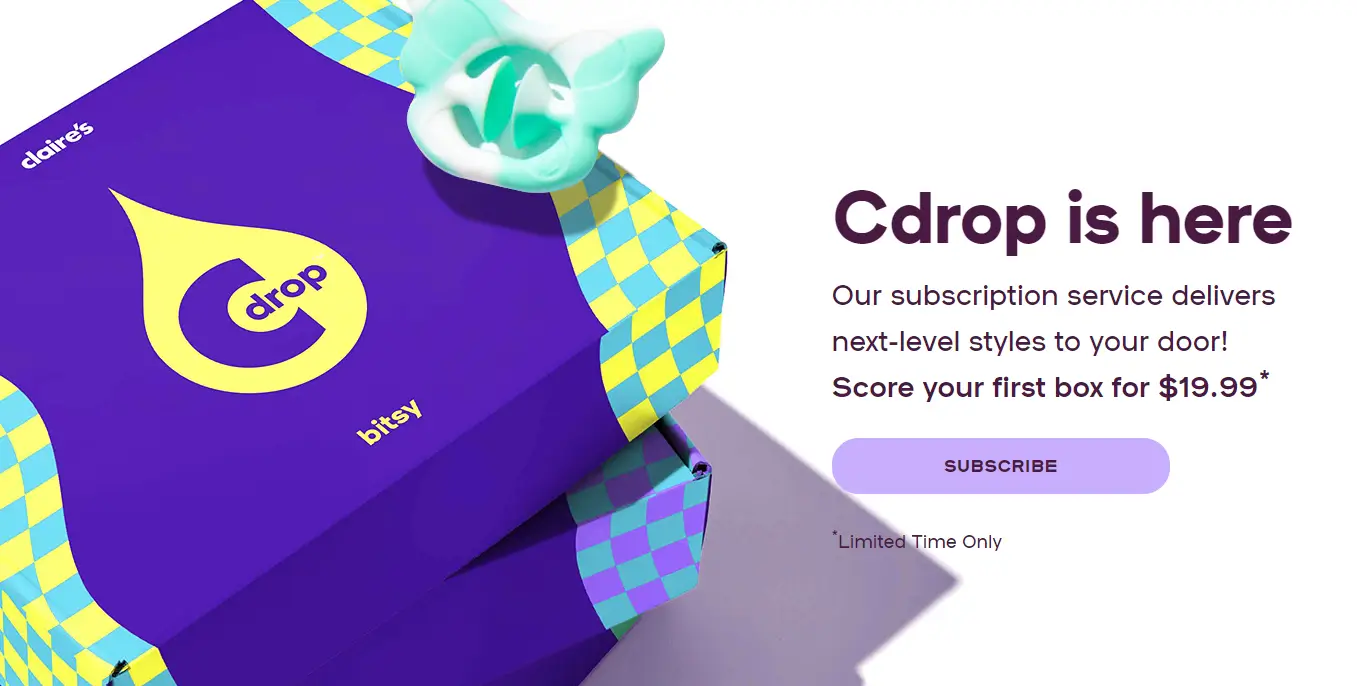
Customers get new boxes curated and delivered to their door each month. If they want to try new accessories and goodies, they can simply swap their subscription type.
Memberships
Membership plans offer access to content, products, or services for a regular fee.
There’s no question that membership-based subscription models are wildly popular — if a Spotify or Netflix subscription has ever tempted you, you know what we mean!
GNC, a powerhouse health and wellness brand, offers subscribers three categories of pro-access memberships.
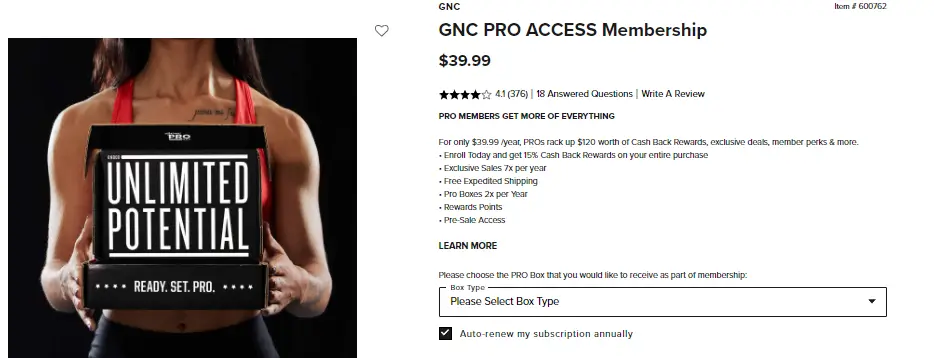
Each membership type provides customers with exclusive sales, swag, health and wellness goodies, and free expedited shipping on all orders.
How to grow a subscription-based business model
If you’ve decided subscriptions may be a good step for your company, you may be wondering what you can do next to turn your idea into a profitable business. We’re here to help! Here are our top recommendations.
Create a subscriber community
Beyond offering subscription-based pricing, create a community for your subscribers to connect and build excitement around your brand.
First, create a clear purpose for your community that works with your ideal customer persona. Consider the benefits your community can offer subscribers beyond what they get from following your brand on social media.
Do you want members to share ideas, team up to rally behind a cause, or share experiences? Your community can be as simple or as complex as you’d like.
After you decide on a purpose for your community, you have a few different ways to build it.
Try creating dedicated hashtags for customers on social media where they can share updates and experiences related to your brand. You can also build a community forum on your website for users to hop on and chat with one another. If you prefer an app, take advantage of pre-built, private community apps like Mighty Networks, or design your own!
Tone It Up is a fitness subscription brand that has created its business based on a community of fitness enthusiasts. Subscribers communicate with each other and access exercise videos, tips, and nutrition information through the brand’s app.
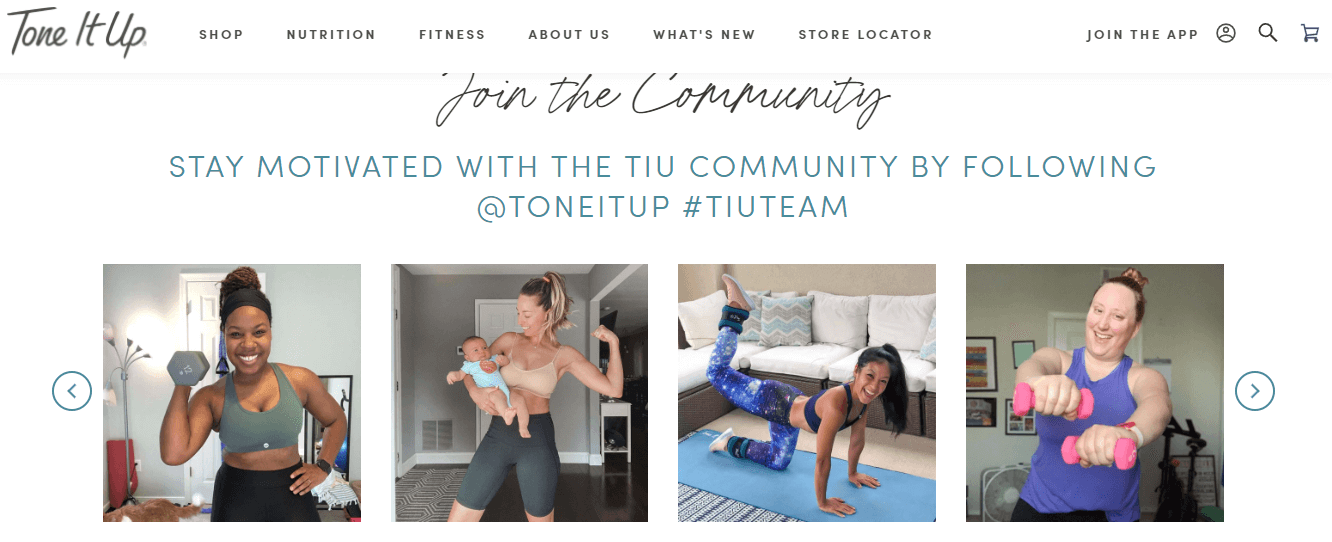
Tone it Up encourages members to check in with each other on their dedicated fitness app to share life updates, post recipes, and more.
Increase average order value and customer lifetime value with upselling
Subscription companies can boost their average order value (AOV) and customer lifetime value by tempting subscribers with add-on products and services.
For example, Intelligencia Coffee offers their subscribers the ability to add additional items to their shipments. This can increase AOV by up to 36%, according to internal Ordergroove data.
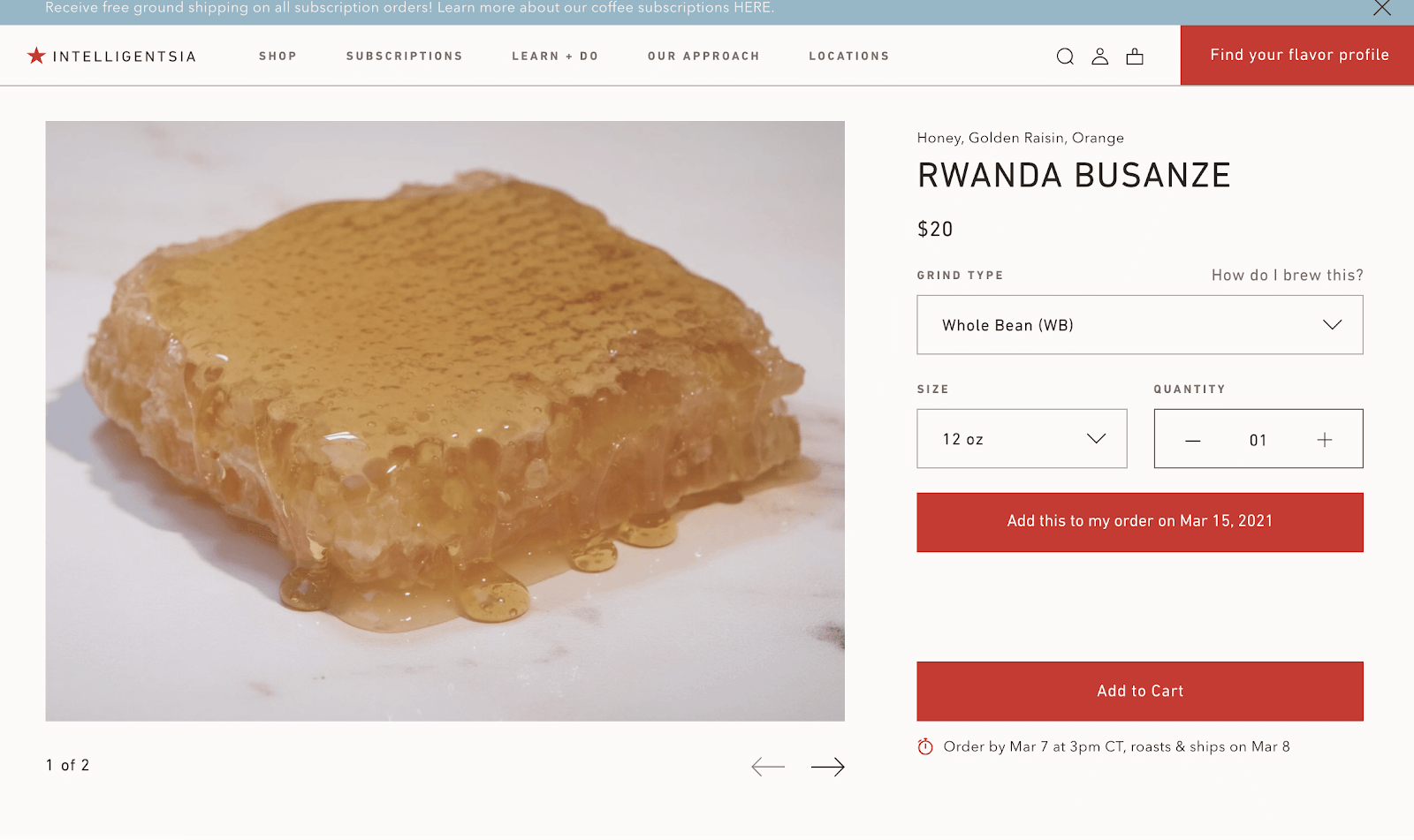
Combat cancellations with features like product swaps, pauses, and skips
Although cancellations are an inevitable part of doing business, you can minimize churn by building a flexible subscription experience. Offering customers options like pauses, swaps, and skips can encourage users to stick with your brand by minimizing friction.
Kind Snacks is a food company that allows subscribers to easily skip their monthly shipment, swap treats, or add more flavors to their subscription orders.
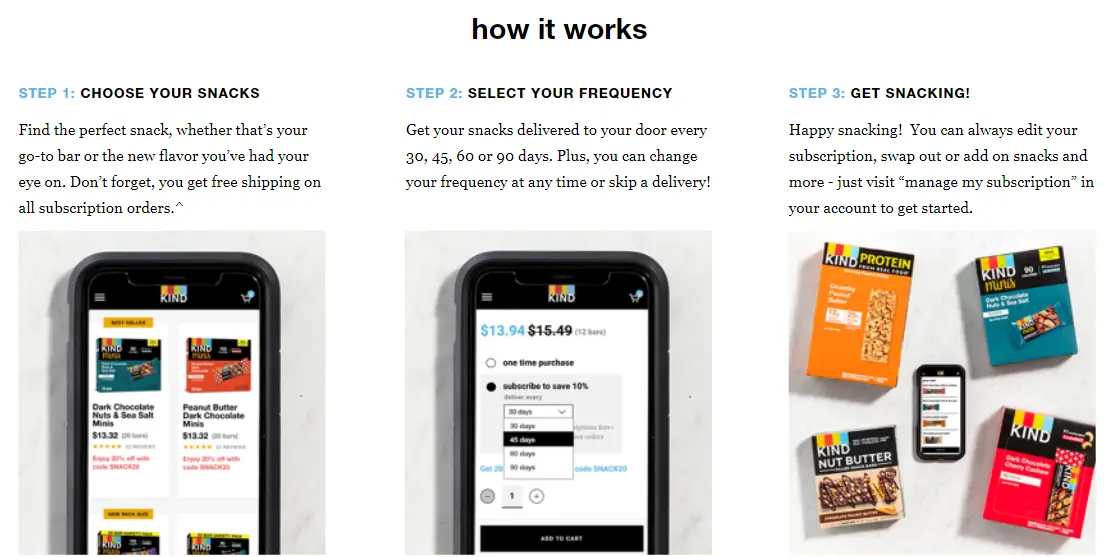
Use subscriptions to create lasting customer relationships
Starting a subscription business can be tricky to get off the ground, but it’s worth the investment. Successful subscription business models create endless opportunities to engage with customers, customize purchasing experiences, and turn transactions into relationships.
If you need guidance taking the next steps, Ordergroove can help — with robust analytics, a helpful knowledge center, and an all-star customer service team, Ordergroove gets your subscription program on the right track from day one.
